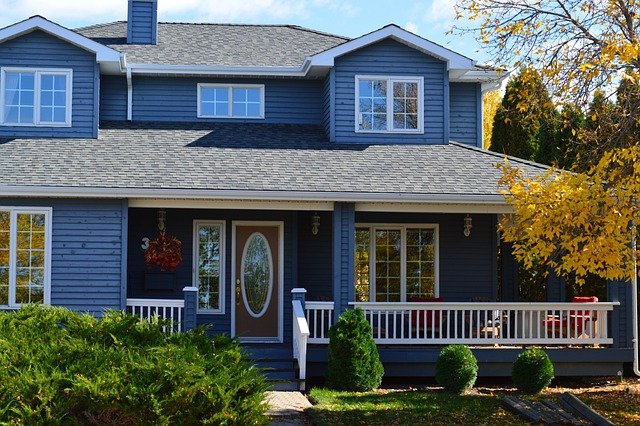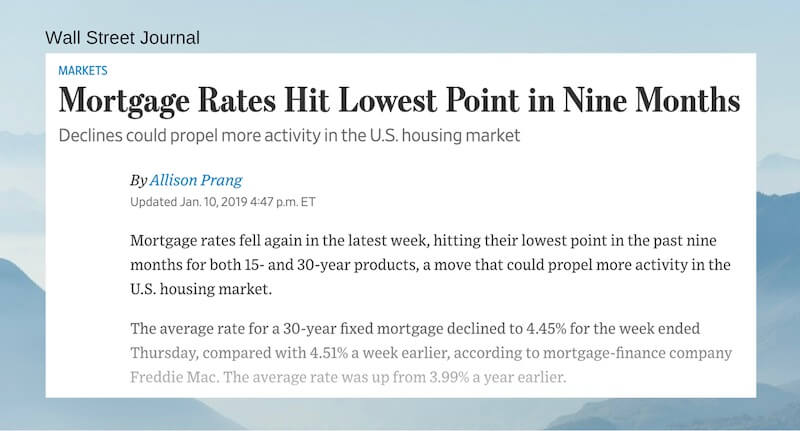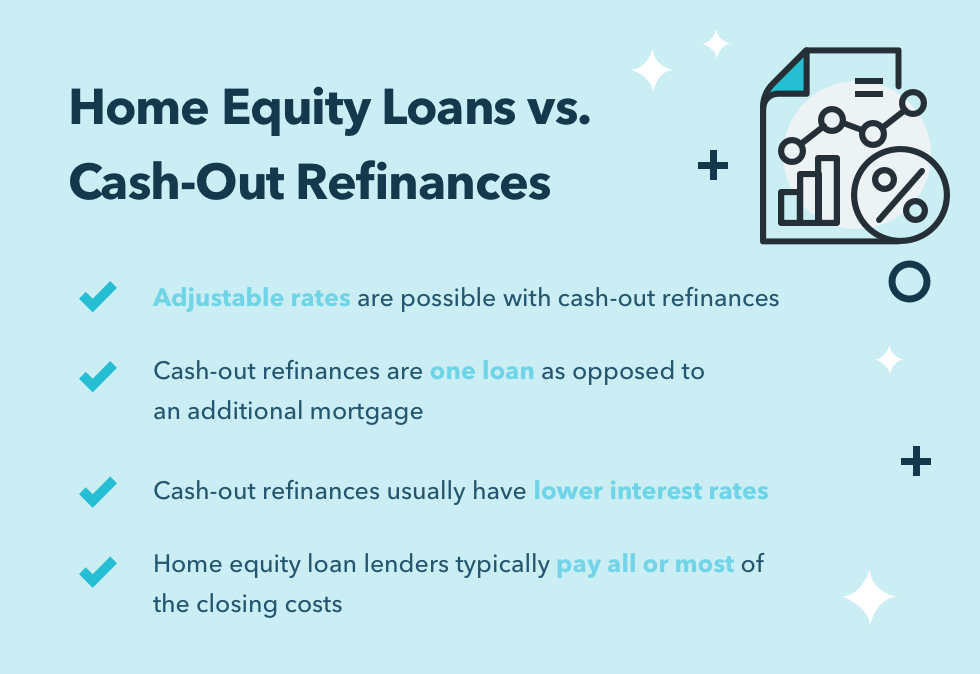
When deciding between a USDA loan and an FHA loan, a number of factors are important to consider. In this article, we'll look at the credit score requirements for each type of loan, their interest rates, and the geographic restrictions that apply to each program. This information will enable you to make an informed decision about the best loan for your needs.
Minimum credit score for a USDA vs fha loan
When comparing the minimum credit score for a USDA vs. FHA loan, consider your financial situation. Both programs can be used by people with bad credit. If you're a divorcée or have a current revolving credit card, you might be eligible. A USDA loan is possible, but you'll need to pay a higher downpayment and a smaller downpayment.
FHA loans have more flexibility and lower down payment requirements, but there are still limitations. USDA loans can only be used in specific areas. In contrast, the FHA loan program is applicable in all counties of the United States.

Interest rates for each type of loan
USDA loans are available to people with low credit scores. They can be qualified for a low interest rate. Those with a credit score as low as 580 can qualify for a USDA loan. These loans can also be used by those who are unable to afford a down payment for a conventional loan.
Both the FHA and USDA loan programs have historically low interest rates. When comparing the two, there are some points to remember. FHA loans might have more strict guidelines than USDA loans. Borrowers cannot spend more than 31% of their income on housing costs.
There is also a difference in the premium for mortgage insurance between the FHA and conventional loans. FHA loans require mortgage coverage, which must be paid throughout the loan's term. USDA loans, however, don't need mortgage insurance. FHA mortgage insurance costs 0.85% on the loan amount and must be paid monthly throughout the loan's life. The loan term may be extended up to 11 year.
Geographic restrictions apply to each type of loan
If you're interested in purchasing a house, you might be curious about the geographic restrictions on USDA and FHA loans. The USDA loan can be used to purchase single-family homes in rural areas with a population of less than 20,000. FHA loans, on the other hand, are designed for rural and semi-rural properties.

USDA loans have a stricter credit requirement than FHA loan, so even if your credit isn't perfect, you may still be eligible. To qualify, your property must be located in a rural area designated by the USDA, but it does not have to be farm land. The United States is rural in almost 97%. This means that even small communities and suburbs might be eligible to receive a USDA loan.
USDA loans are sometimes called rural housing loans. However, they are not restricted to rural areas. There are counties in the United States with USDA loan limits that are much lower than FHA loan limits. Los Angeles' FHA loan limit is higher than Montgomery's. A USDA loan limit for a single family home is lower than that for a whole city or county. Rural areas are a great option for first-time buyers.
FAQ
Is it cheaper to rent than to buy?
Renting is generally cheaper than buying a home. It's important to remember that you will need to cover additional costs such as utilities, repairs, maintenance, and insurance. A home purchase has many advantages. You'll have greater control over your living environment.
What is the average time it takes to sell my house?
It all depends on several factors such as the condition of your house, the number and availability of comparable homes for sale in your area, the demand for your type of home, local housing market conditions, and so forth. It may take up to 7 days, 90 days or more depending upon these factors.
How many times can I refinance my mortgage?
It depends on whether you're refinancing with another lender, or using a broker to help you find a mortgage. In both cases, you can usually refinance every five years.
Can I purchase a house with no down payment?
Yes! Yes! There are many programs that make it possible for people with low incomes to buy a house. These programs include FHA, VA loans or USDA loans as well conventional mortgages. You can find more information on our website.
Statistics
- This seems to be a more popular trend as the U.S. Census Bureau reports the homeownership rate was around 65% last year. (fortunebuilders.com)
- Based on your credit scores and other financial details, your lender offers you a 3.5% interest rate on loan. (investopedia.com)
- Private mortgage insurance may be required for conventional loans when the borrower puts less than 20% down.4 FHA loans are mortgage loans issued by private lenders and backed by the federal government. (investopedia.com)
- When it came to buying a home in 2015, experts predicted that mortgage rates would surpass five percent, yet interest rates remained below four percent. (fortunebuilders.com)
- This means that all of your housing-related expenses each month do not exceed 43% of your monthly income. (fortunebuilders.com)
External Links
How To
How to Locate Houses for Rent
People who are looking to move to new areas will find it difficult to find houses to rent. Finding the perfect house can take time. Many factors affect your decision-making process when choosing a home. These factors include price, location, size, number, amenities, and so forth.
You should start looking at properties early to make sure that you get the best price. You should also consider asking friends, family members, landlords, real estate agents, and property managers for recommendations. This will ensure that you have many options.